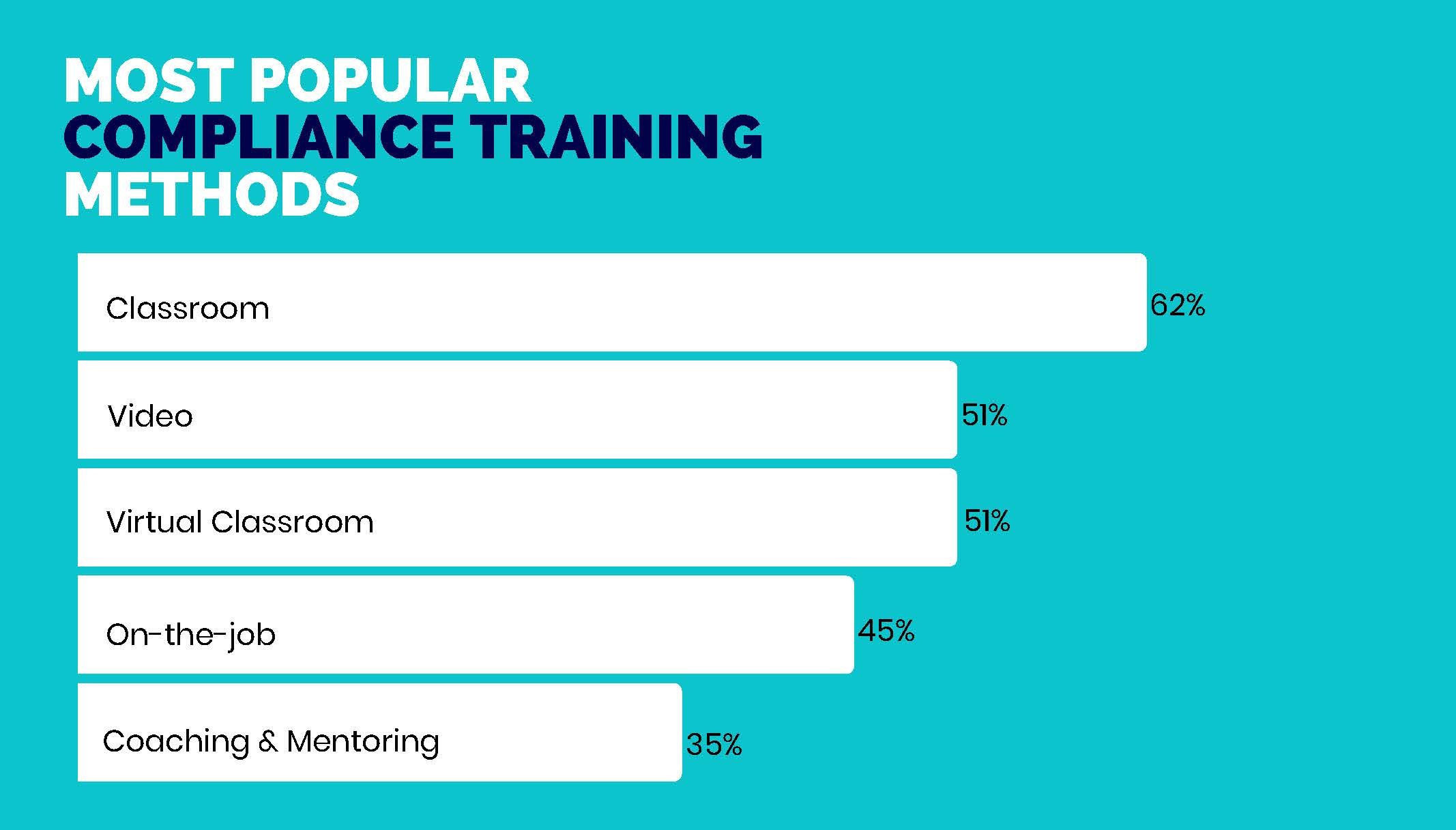Why Compliance is Critical to Corporate Success?
Why Compliance?
Compliance with government and business regulation has always been important, but the pressure to prove that compliance has never been higher. The business risk of noncompliance is such that the reputational damage alone can lead to significant loss of earnings or even closure.
The introduction of new major laws such as GDPR (which gives greater control to users of services in the EU over their personal data) are often stacked on top of existing regulations such as the Occupational Safety and Health Administration (OSHA), Health Insurance Portability and Accountability Act (HIPAA) and the Food and Drug Administration (FDA), adding an additional burden on compliance management, including the provision of staff training.
say they are thoroughly prepared for a compliance audit.
A spate of large-scale compliance violations (such as fraud and corruption in the finance sector and patient confidentiality violations in healthcare organizations) have left businesses more anxious than ever before about the potential repercussions of non-compliance. With fines, removal of licenses, imprisonment and the entire future of the organization being plunged into jeopardy, it is crucial that everyone knows the rules they must abide by, and that the organization can prove that the relevant training has taken place and has been successfully understood and then acted upon.
The Current State of Compliance
In regular organizations, 38% of organizations spend up to $500 per employee each year on compliance training, with 13% spending more than $5,000. In highly regulated sectors, 23% of organizations spend over $5,000 on compliance training per employee per year. In 50% of organizations, employees spend 10 hours or less on compliance training activities a year, so it’s important that when they do take this training, it is highly effective.


Compliance Training Platforms
In terms of where learners go to find their compliance training, 62% of compliance training takes place on a learning management system, with just 14% opting for a specialist compliance management system. This makes sense – if it’s possible to use a single platform to support all learning initiatives, it is generally the most cost-effective option to do so. Separating compliance training onto its own platform could mean setting up a complex system of integrations to ensure that data is transferred seamlessly between platforms for accurate, up-to-date evidence of compliance.
How to Manage Compliance
and efficient method is to use a system that automatically delivers and tracks compliance training, sending reminders and prompts to learners when necessary to ensure that everyone completes the correct training within the specified time frame. In case of a compliance audit, the organizations are only given a short time to pull out compliance training records. If an organization has hundreds of thousands of employees and the training records are being managed using spreadsheets or, even worse, on paper, this can be a hugely manual task with great potential for inaccuracy.
How are organizations handling compliance today?
Compliance Case Studies on Worldwide Organizations across Sectors.
Dive deep into our complete article.
Read more to learn more




